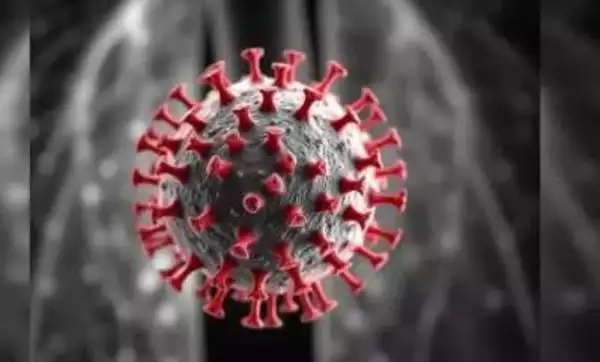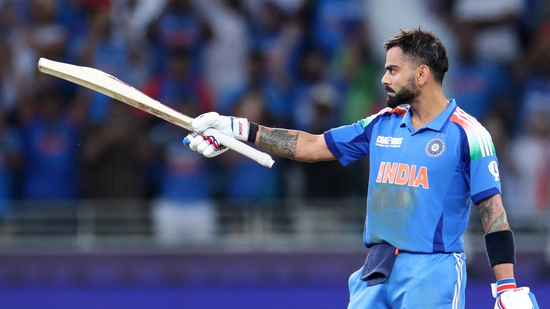
Human Metapneumovirus (HMPV) is a respiratory virus that has emerged as a significant cause of illness across the globe, including in India. Despite its relatively recent identification in 2001, the virus has caused a number of outbreaks, with a particular impact on vulnerable populations. Understanding its transmission, symptoms, and prevention measures is crucial to mitigate its impact on public health in India.
What is HMPV?
HMPV is a virus that belongs to the Paramyxoviridae family, closely related to other respiratory viruses such as respiratory syncytial virus (RSV). It primarily affects the upper and lower respiratory tracts, causing symptoms similar to those of the common cold or influenza. Though typically mild in healthy adults, HMPV can lead to severe respiratory conditions in young children, the elderly, and individuals with weakened immune systems.
Transmission of HMPV
The transmission of HMPV in India occurs primarily through respiratory droplets when an infected person coughs, sneezes, or talks. The virus can also be transmitted by touching surfaces contaminated with the virus and then touching the mouth, eyes, or nose. The virus is highly contagious, especially in crowded environments like schools, healthcare settings, and public transport systems.
Symptoms of HMPV Infection
HMPV infection can manifest in a variety of ways, ranging from mild cold-like symptoms to severe respiratory issues. The virus generally causes symptoms similar to other upper respiratory infections, including:
Mild Symptoms
- Runny nose
- Sore throat
- Cough
- Low-grade fever
- Fatigue
In healthy individuals, these symptoms typically resolve within a week or two. However, in certain vulnerable groups, such as infants, elderly individuals, and those with preexisting health conditions, HMPV can cause more serious complications.
Severe Symptoms
In high-risk populations, HMPV can lead to:
- Bronchitis
- Pneumonia
- Wheezing
- Shortness of breath
- Oxygen deficiency
These more severe symptoms may require hospitalization and intensive care.
HMPV and Vulnerable Groups in India
While HMPV can affect anyone, certain groups are at a higher risk of developing severe illness. In India, the following populations are particularly vulnerable to the virus:
1. Children and Infants
Young children, especially infants, are at a higher risk due to their developing immune systems. HMPV can lead to severe respiratory distress in this age group, necessitating hospitalization in some cases.
2. Elderly Adults
Older adults, especially those over the age of 65, have a higher likelihood of developing complications from respiratory infections. As immunity weakens with age, elderly individuals in India are more likely to experience severe symptoms when infected with HMPV.
3. People with Underlying Health Conditions
Individuals with chronic conditions such as asthma, diabetes, cardiovascular diseases, and those undergoing treatments that suppress the immune system are more susceptible to severe infections caused by HMPV. These individuals should take extra precautions during peak viral seasons.
Diagnosis of HMPV in India
In India, diagnosing HMPV typically requires laboratory testing. While the symptoms may resemble those of the common cold or flu, specific tests are needed to confirm the presence of the virus. Diagnostic methods include:
1. PCR Testing
Polymerase chain reaction (PCR) tests are the most accurate method for detecting the genetic material of HMPV. A nasal or throat swab is taken from the patient and analyzed in a laboratory.
2. Antigen Detection
Rapid antigen tests can also help detect HMPV, though they are less commonly used than PCR tests.
Treatment and Management of HMPV in India
Currently, there are no specific antiviral treatments for HMPV. The management of the virus typically focuses on relieving symptoms and providing supportive care. In India, patients with mild symptoms can often recover at home with adequate rest, hydration, and over-the-counter medications for pain and fever relief. Severe cases may require hospitalization for oxygen therapy and respiratory support.
Key Treatment Approaches
- Rest and Hydration: Ensuring sufficient fluids and rest for recovery.
- Pain Relievers: Non-prescription medications like paracetamol can help reduce fever and pain.
- Respiratory Support: In severe cases, patients may need oxygen therapy or ventilatory support.
Preventing HMPV in India
Though there is no specific vaccine for HMPV, preventive measures can significantly reduce the spread of the virus. In India, public health measures aimed at reducing the transmission of respiratory viruses like HMPV are essential.
1. Hygiene Practices
Regular handwashing with soap and water or using alcohol-based hand sanitizers can help prevent the spread of the virus. Wearing masks in crowded places can also reduce the likelihood of transmission.
2. Avoiding Close Contact
During peak infection periods, it is important to avoid close contact with sick individuals. Avoiding large gatherings and staying home when feeling unwell can help limit the virus’s spread.
3. Disinfecting Surfaces
Since HMPV can live on surfaces for a period of time, frequent cleaning and disinfecting of commonly touched surfaces, such as doorknobs, cell phones, and remote controls, is important.
The Need for Awareness and Research on HMPV in India
HMPV has been less widely discussed compared to other respiratory viruses, but its potential to cause serious illness, especially in vulnerable populations, calls for greater awareness and research. India, with its large population and varying health infrastructure across regions, faces challenges in combating viral infections. More research into HMPV’s impact, particularly in tropical and subtropical climates, will be crucial in developing preventive measures, treatments, and vaccines for the future.
Conclusion
Human Metapneumovirus (HMPV) represents a growing public health concern in India, particularly among at-risk populations. While the virus is often mild, its potential for causing severe respiratory illness means that vigilance is required. Public health efforts focusing on hygiene practices, early detection, and appropriate care for vulnerable groups are essential to mitigate the impact of HMPV. With increased awareness and ongoing research, India can better prepare for future outbreaks and minimize the spread of this virus.


